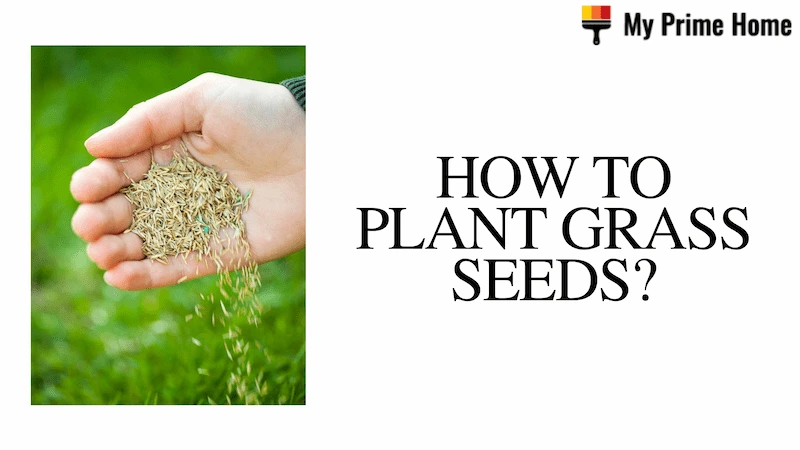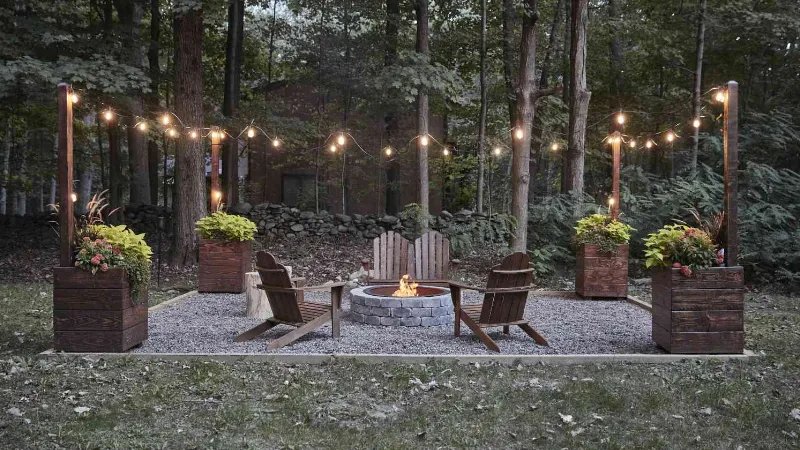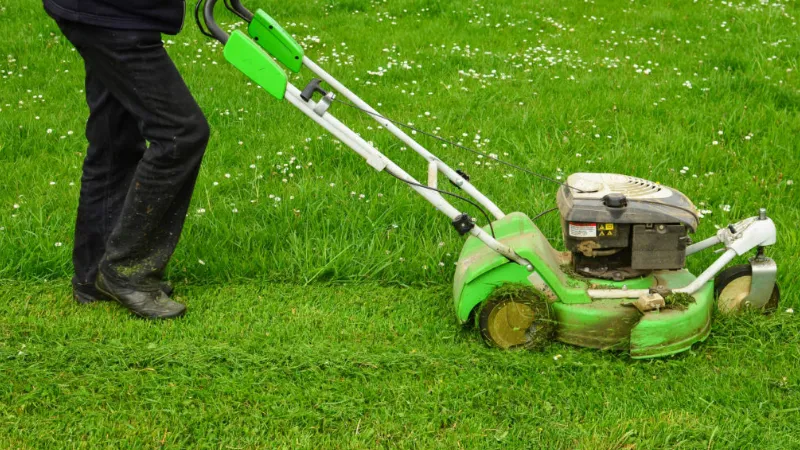When to plant hydrangeas? Recommendations for planting hydrangeas and a few other tips are provided in the following paragraphs. By following these instructions, you can help your hydrangeas grow successfully and flourish in your garden.
Planting hydrangeas is most effective in the fall, then in the spring. The cooler shoulder seasons are the ideal times to plant shrubs because they have more time to develop a strong root system before the intense heat of summer or the bitter cold of winter.
Plant the shrubs in the early morning or late afternoon. Generally speaking, it’s cooler, and there’s less chance that direct sunlight will cause heat stress on the plant.
Please read on for more detailed information.
About Hydrangeas
These elegant plants, which are unmatched in the shrub world for their exquisite flowers, are simple to grow, tolerate almost any type of soil, and yield an abundance of blooms. Clear blue, vivid pink, frosty white, lavender, and rose blossoms enchant with their colors—and sometimes they even bloom on the same plant!
Including group plantings, shrub borders, and containers, hydrangeas are great for a variety of garden locations. Variety abounds—it seems like breeders give us more choices every year!), and gardeners’ expectations of bloom size and color are boundless. Pay attention to the species listed below, as some call for different maintenance, to learn how your hydrangea will develop. The joys will be greater when you know what to anticipate.

When to Plant Hydrangeas?
Hydrangeas can be planted at any time of year, but the best time to get them in the ground is spring or fall when the weather is mild.
For many they are an essential among flower bed ideas with enormous flowerheads, each a giant handful in size, remaining on the plant for months, often morphing through a range of colors, before browning in late fall. They make wonderful dried flowers and can be cut at any stage, including the fall when many take on lovely red, grey, or caramel tones, for the vase.
Their amazing structure has an impact on both traditional and modern borders, flourishing in cool semi-shade. ‘I like to rely on the impact of massing many hydrangeas together at once so when bloom season arrives they simply overwhelm the senses in the best possible way,’ says Oregon-based landscape architect and garden designer Bethany Rydmark(opens in new tab).
Shrubby Hydrangeas
If you’re wondering when to plant hydrangeas, you can plant the shrubs any time of year, with the exception of extremely cold or hot weather or if the soil is wet. There are, however, prime planting windows.
‘The best time to plant hydrangeas is in the spring, once the frost is over, and the ground begins to warm up,’ says In her coastal garden in Scotland, Anne Greenall maintains a collection of hydrangeas for the entire United Kingdom. ‘Early fall is also a good time before the heat leaves the ground and frosts begin, allowing the roots to establish.’
Plant in cool, protected semi-shade in a moist, fertile, well-drained soil. Before planting, incorporate organic material (such as peat-free compost) into the soil.

Hydrangeas in Pots
Plant compact shrubby hydrangeas (such as ‘Little Lime’) in containers in April or May. Using a combination of organic multipurpose peat-free compost and John Innes No. 1, choose a container with good drainage holes. 3 compost. Make sure the compost is kept moist but never soggy by placing the pot in a protected area of semi-shade.
If you want to try growing bright-blue hydrangeas but don’t have acid soil, plant them in ericaceous compost containers.
Climbing Hydrangea
Hydrangeas that climb (such as the lovely H. anomala subsp. petiolaris) are wonderful for north or east-facing walls, producing a mass of lacy white flowers above attractive foliage in summer.
These self-clinging climbers can be planted at any time of year, as long as the ground is not parched, frozen, or waterlogged. However, for the best results, plant in spring or fall. Even though they can be slow to develop, they are well worth the wait because they are so amazing and resilient.
Plant in moist, well-drained, fertile soil in the cool semi-shade of a north or east-facing wall. Evergreen plants with a softer texture, like H. seemannii) require a sheltered wall. Before planting, incorporate organic material (such as peat-free compost) into the soil.
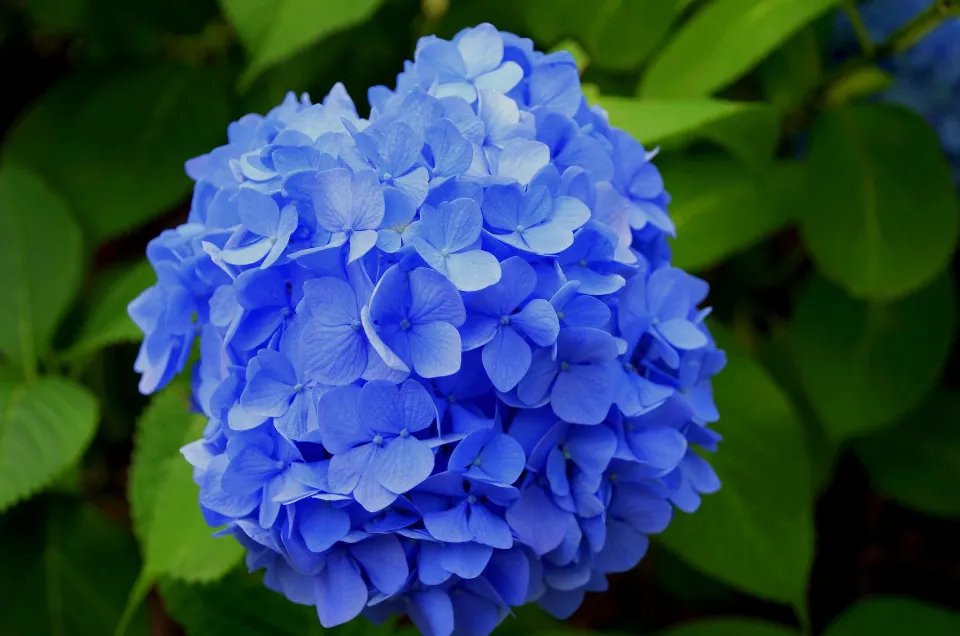
What Month is Best to Plant Hydrangeas?
Fall is the best season to plant hydrangeas, followed by early spring. The goal is to allow the shrub plenty of time to develop a strong root system before it blooms. The best time of day to plant is early morning or late afternoon. The day’s cooler hours provide relief from heat exhaustion.
When Can I Plant a Potted Hydrangea in the Ground?
Anytime of the year is suitable for planting a potted hydrangea in the ground. The best seasons are, however, spring or fall. Wait until the frosts are over in spring, or plant in early fall when the soil will still be warm and before the frosts.
Where to Plant Hydrangeas?
- The majority of hydrangeas prefer fertile, moisture-rich soils that drain quickly. To improve poor soil, add compost.
- Generally, hydrangeas prefer partial sun. In an ideal world, they would receive full sun in the morning and then some afternoon shade to avoid the sweltering midday sun. This is especially true for the Bigleaf hydrangea (H. macrophylla), whose large leaves are prone to wilting. Some varieties are more tolerant of full sun.
- Space hydrangeas anywhere from 3 to 10 feet apart, depending on type. Always space plants based on their expected size at maturity!
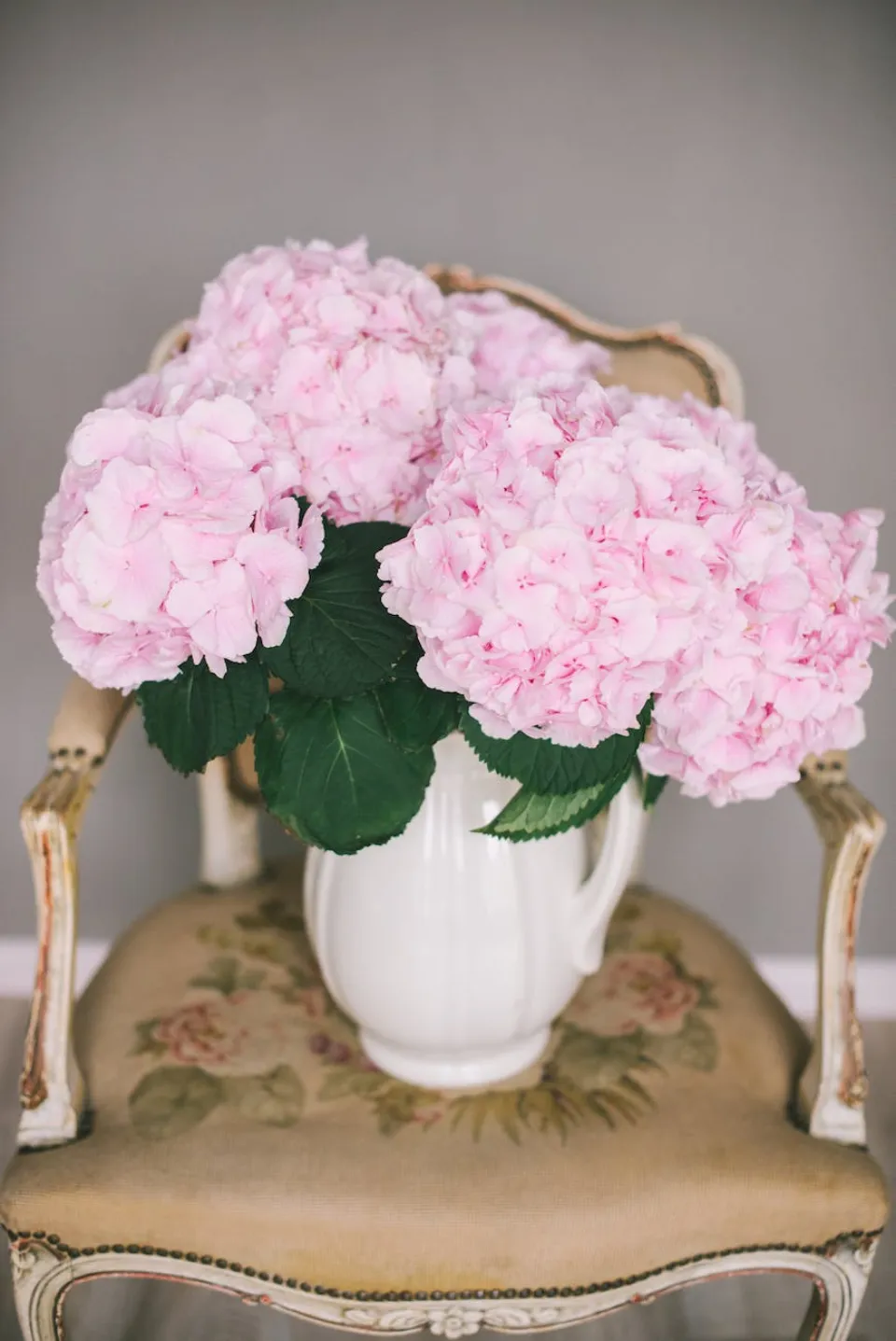
Planting Tips
It’s time to get your hands dirty once you’ve scheduled the hydrangea planting appointment on your calendar. The Alabama Cooperative Extension System recommends, “You should only make the planting hole as deep as the root ball of the plant and [two] feet wider than that. In heavy soils, consider preparing a planting bed instead of single planting holes. Amend any hydrangea planting with compost to create a mound. Roots can drain more effectively thanks to the raised planting.” In order to keep your hydrangeas happy and healthy throughout the year, it is crucial to mulch them in cold weather and provide them with enough water in well-draining soil.
Choosing Healthy Hydrangeas
Look for already-blooming plants when planting hydrangeas or buying new flowers at a nursery. There are a few reasons why you want to do this. The size and color variety will be determined first by the presence of blooming hydrangeas. The second benefit is that selecting a blooming hydrangea plant enables you to look at the roots. Turn the hydrangea on its side and gently lift the plant to reveal the roots, which should be white with brownish tips and not smell bad.
Hydrangea Care Tips
The hydrangea’s leaves and flowers may appear delicate, but they actually don’t need much tender loving care. You can learn everything you need to know about hydrangea maintenance from the advice in this article.
- Waterat a rate of 1 inch per week throughout the growing season. To promote root growth, deeply water three times per week. All varieties of hydrangeas benefit from constant moisture, but bigleaf and smooth hydrangeas need more water. To water thoroughly while keeping moisture off the flowers and leaves, use a soaker hose. Hydrangeas won’t wilt as much if they are watered in the morning on hot days.
- Add mulchunderneath your hydrangeas to help keep the soil moist and cool. Over time, an organic mulch decomposes, supplying nutrients and improving the texture of the soil.
- Apply fertilizerbased on your specific hydrangeas. Each variety has unique requirements and will profit from varying application timing. A soil test is the most effective method for determining your fertility requirements.
- Bigleaf hydrangeas need several light fertilizer applications in March, May and June.
- Two applications in April and June are the most effective for oakleaf and panicle hydrangeas.
- Plants of smooth hydrangeas only require fertilization once, in the late winter.
- Protect against pestsand disease by choosing cultivars with resistant traits. On hydrangeas, leaf spots, bight, wilt, and powdery mildew can all be seen. Pests are not common on hydrangeas, but can appear when plants become stressed. Aphids, leaf tiers, and red spider mites are examples of potential pests. Properly caring for hydrangeas is your best defense.
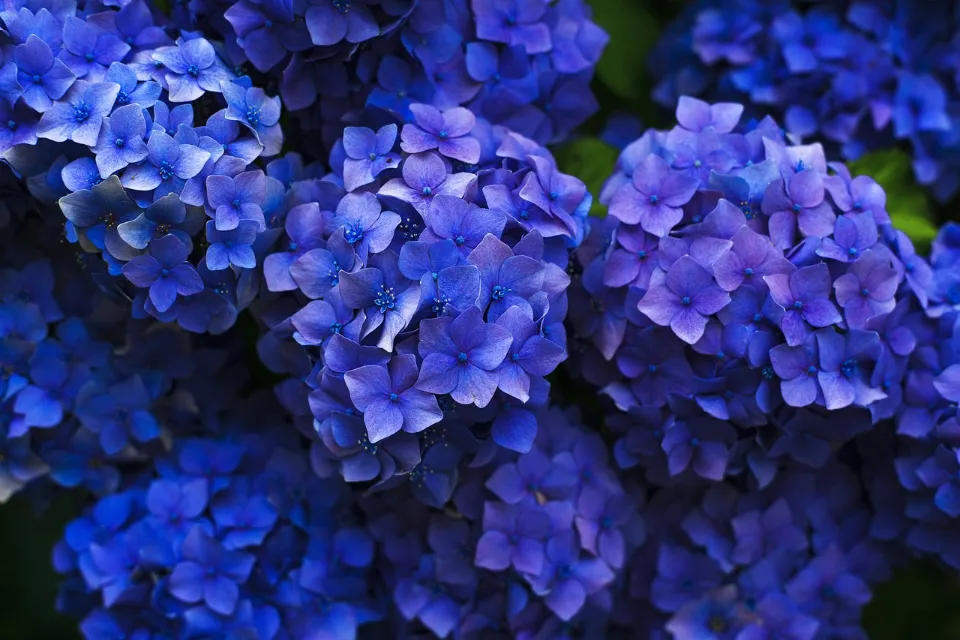
FAQs
Where is the Best Place to Plant a Hydrangea?
Hydrangeas do best in moist, well-drained soil and dappled shade – not too sunny and not too shady. Avoid positions with a southern exposure, especially if the soil is extremely dry. Grow Hydrangea anomala subsp., a climbing shrub, in an extremely shaded area like a north-facing wall.
Can Hydrangeas Grow in Full Sun?
While hydrangeas prefer morning sun, they struggle in the hot, afternoon sun. Partial shade in the later parts of the day is ideal for these beauties.
Do Hydrangeas Bloom the First Year?
A newly planted bush may bloom the first year if it set flower buds while it was confined to a pot, and then not bloom again for a year or two as it settles into the soil in its new location. Instead of developing flower buds, it is occupied with growing new roots and branches.
How Do You Cut Back Hydrangeas?
Hydrangea plants don’t require pruning if they are given a lot of room in the garden to grow. The only thing necessary is the sporadic removal of dead wood.
Do You Need to Deadhead Hydrangeas?
Hydrangeas can bloom well into the fall if you deadhead them. Hydrangeas make excellent cut flowers, so there’s no need to wait until the bloom wilts. Leave those early fall blooms in place to fade on their own. You don’t want to encourage new growth close to your freeze date.
Summary: When to Plant Hydrangeas?
Planting hydrangeas is most effective in the fall, then in the spring. The cooler shoulder seasons are the ideal times to plant shrubs because they have more time to develop a strong root system before the intense heat of summer or the bitter cold of winter.
When it’s time to plant, make sure to add lots of compost to the planting bed’s soil. A hydrangea needs water to quench its thirst, and organic matter helps soil retain water without becoming soggy (which can kill a hydrangea). Success with hydrangeas depends on the use of rotted or composted manure, leaf mold, homegrown compost, pine bark fines (fine-textured mulch), or other locally accessible organic matter in the soil.
If you have any questions, please leave a comment. My Prime Home tries to give you the best home improvement information. Don’t forget to share the post. Thank you for reading.

